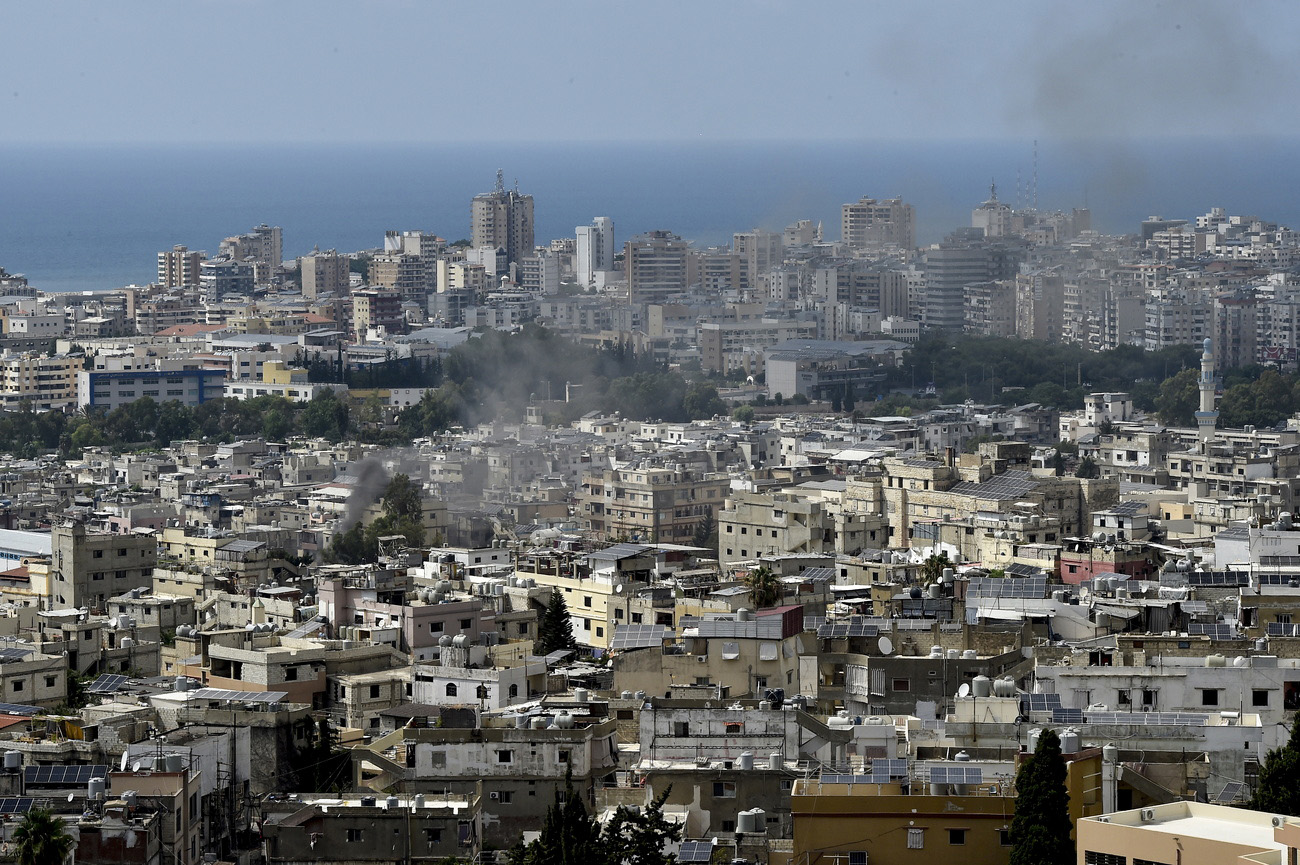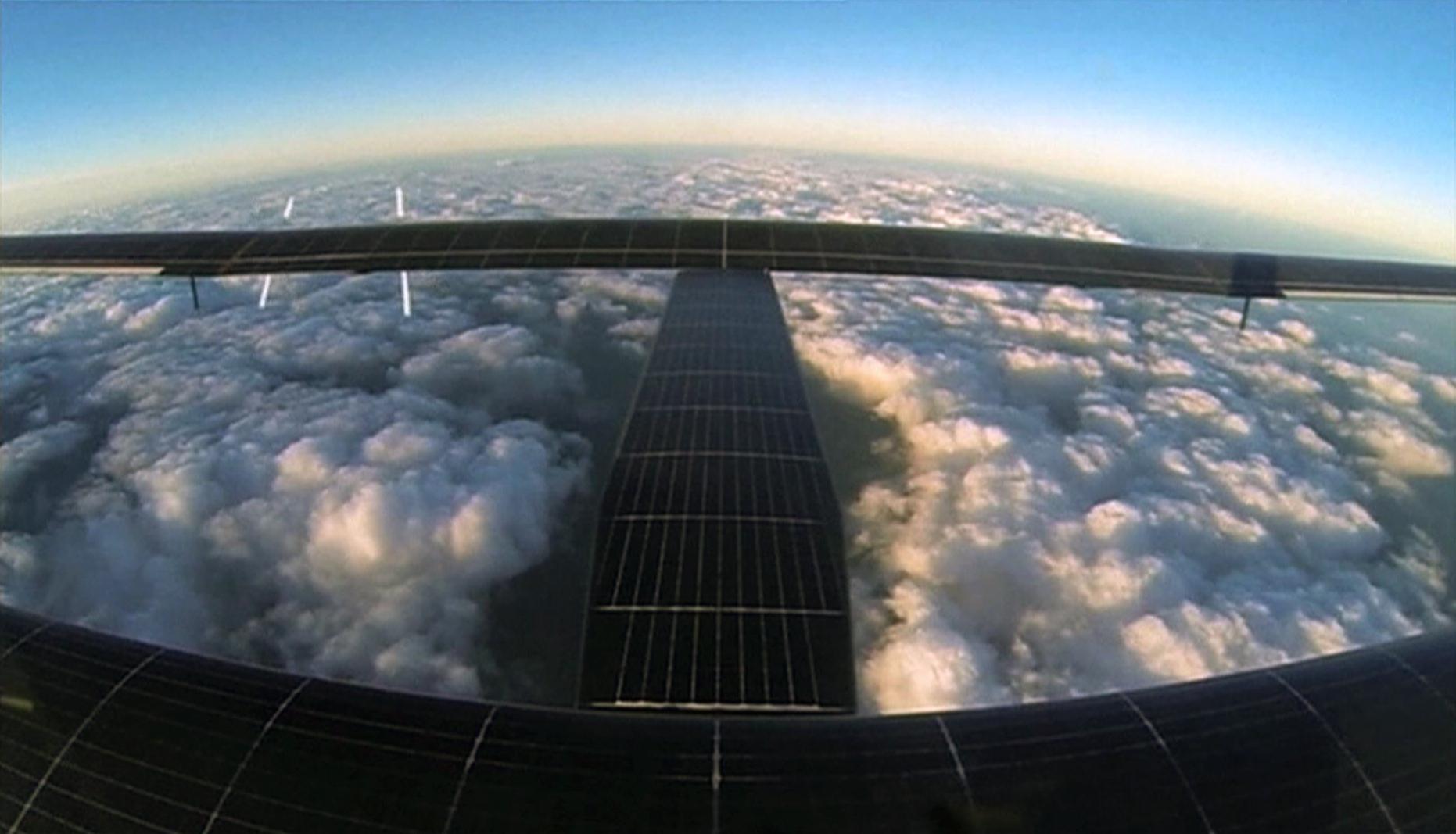
Solar Impulse in place for Pacific crossing

After completing another leg in its round-the-world journey, the Solar Impulse sun-powered plane is now preparing for its biggest challenge yet: crossing the Pacific.
The Solar Impulse 2, piloted solo by Bertrand Piccard while his colleague André Borschberg is recovering from an illness in Switzerland, touched down in the eastern Chinese city of Nanjing at close to midnight local time on April 22.
Borschberg, who joined Piccard at a press conference in Nanjing via video conference, will soon return to China to begin preparing for the next step of the journey: the 120-hour flight across the Pacific Ocean to Hawaii. It’s the longest leg of the planned round-the-world trip that, if completed, would set a record for the longest flight in a solar-powered plane.
Piccard said the takeoff for Hawaii would not take place before the beginning of May because the team has to take advantage of more daylight to adequately charge the plane’s solar cells in-flight.
With #Si2External link in #NanjingExternal link, we are very close to the moment of truth: the Pacific crossing pic.twitter.com/XVmr74Nw9jExternal link
— André Borschberg (@andreborschberg) April 22, 2015External linkThe flight to Nanjing on Tuesday, which took more than ten hours, demonstrated the plane’s sensitivity to poor weather conditions, which delayed the journey by several weeks. According to the Solar Impulse team, they decided to use a one-day window of good conditions to make the journey from Chongqing to Nanjing, a distance of about 1400 kilometres. The aircraft is very sensitive to high winds and can only fly in fair weather.
“We need sun but not too much wind,” Piccard said as his team waits for the ideal time to set off for Hawaii.

More
The weather experts guiding the Solar Impulse
After experiencing some turbulence when setting off from Chongqing, the plane eventually climbed to 14,000 feet – higher than the planned 12,000 feet – where Piccard was even able to snap a few photos along the way.
First use of a Chinese selfie stick in a #solarExternal link airplane, how great! pic.twitter.com/SnOapwiX8AExternal link
— Bertrand PICCARD (@bertrandpiccard) April 21, 2015External linkSolar power in China
The Solar Impulse project was launched to build support for clean energy initiatives, especially solar power. Its two stops in China were meant to raise awareness of solar projects in the world’s most populous country.
“It’s not enough to complain about the environment,” Piccard said after landing in Nanjing, encouraging those gathered to pressure their governments and the United Nations to act.
Pollution is a major problem in Chinese cities, yet the nation is the world’s largest producer of solar panels and a leader in solar power capacity.
“This corresponds to the goals of Chinese energy policy,” as Tian Liang, Special Assistant to the CEO of Yingli Solar, told swissinfo.ch. “Since 2011, numerous laws in the field of solar energy have been enacted in China. Solar energy is being promoted, and not just among energy suppliers.”
Prior to that, Chinese solar companies sold 85-95% of their products to other nations. But according to Liang, tough economic times in Europe forced Chinese companies to concentrate more on the local market. Now sales within China account for about 50% of business. Many Chinese homes have solar panels on their rooftops.
“This year we launched a ‘golden sheep’ project that makes it possible for people to produce solar energy – not just for their own use, but also to sell at a profit. The government supports projects like this with subsidies,” Liang said.
After its long trip to Hawaii, Solar Impulse will continue across the United States and either southern Europe or northern Africa in several more legs, eventually planning to land back in Abu Dhabi to complete its round-the-world trip later this year.
(With input from Xudong Yang in Beijing, swissinfo.ch)

In compliance with the JTI standards
More: SWI swissinfo.ch certified by the Journalism Trust Initiative
















![The four-metre-long painting "Sonntag der Bergbauern" [Sunday of the Mountain Farmers, 1923-24/26] had to be removed by a crane from the German Chancellery in Berlin for the exhibition in Bern.](https://www.swissinfo.ch/content/wp-content/uploads/sites/13/2025/12/01_Pressebild_KirchnerxKirchner.jpg?ver=bb19e376)














You can find an overview of ongoing debates with our journalists here . Please join us!
If you want to start a conversation about a topic raised in this article or want to report factual errors, email us at english@swissinfo.ch.